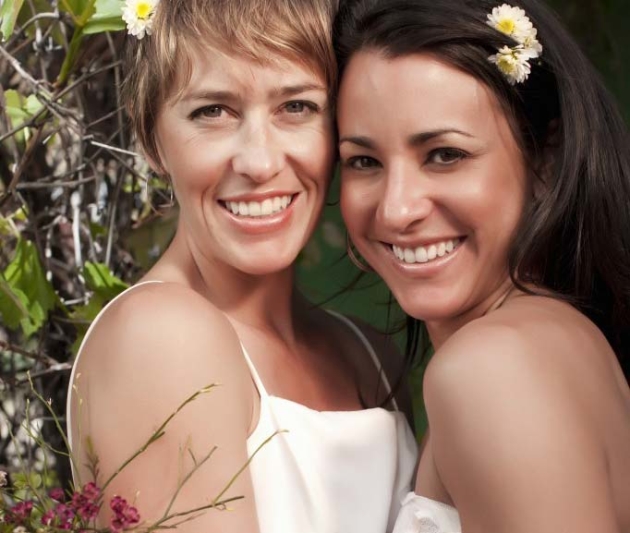With the legalization of marriage equality comes a new marketing opportunity for jewelers—plus a lot of new social questions that can pose challenges to you and your staff, such as: Who proposes to who? Will both partners exchange engagement rings? Or just wedding bands? Should the rings match or can they be different?
Unlike straight couples, the LGBT community doesn’t have a wedding tradition to fall back on, where the man goes out to buy a ring and proposes. “The traditions are still being built and how and what to do is still unknown to most people,” says Rony Tennenbaum, a New York-based jewelry designer who shares his own research and marketing savvy in reaching the LGBT market through educational programs and pubic appearances around the country. So when a same-gender couple comes into your store, many are looking to you for guidance, says Tennenbaum. But how do you get to know this consumer to anticipate and serve their needs? We asked Tennenbaum for pointers:
Be ready to help
One mistake I see jewelry stores make, says Tennenbaum, is telling the couple who comes in for advice that they can do whatever they want. Most same-sex couples want rings to symbolize their union, but they are still looking for guidance from the person behind the counter. Some common questions you might get are, ‘Should we get engagement rings?’ Or ‘Do we need to get matching bands?’ Be willing to sit with them and tell them what you’ve observed other couples doing.
Ring in new thinking
There’s been a shift, even among straight couples, in the engagement ring, as we know it, says Tennenbaum. Some lesbian couples may still want the matching bridal set, but many same-sex couples are coming from a more practical place. They’re looking for one ring to give as an engagement ring and to use as a wedding ring as well.
Widen your inventory
“You’re going to be seeing an increase in same-sex couples as well as millennials in your stores who are looking for something different than their parents wore,” says Tennenbaum. So “don’t rely on the traditional best-sellers, and add more contemporary designs to your inventory. Make sure there’s enough of an assortment for everyone to choose from.”
Think customization
All couples are looking for something personal and significant to them, says Tennenbaum, but the trend toward one-of-a-kind pieces is especially strong in the same sex market. Be prepared to help those who want to create their own unique ring or alter a family heirloom to their tastes.
Watch your lingo
If you’re still using the genderized “bridal” in your campaigns, that could be a turn off to this market; the non-generic “wedding” jewelry is more inclusive. “There’s nothing about jewelry that makes it gay or straight,” says Tennenbaum.
Promote your store as a destination for all couples
What I tell stores all the time, says Tennenbaum, is that we get it; you’re supportive and want to be part of the LGBT community. But just putting out a rainbow flag or advertising in a gay publication doesn’t draw people in. I have a publicist and when we go to stores around the country, she reaches out to the mainstream media. The gay consumer can be easily offended. They don’t want to be targeted and capitalized on; they read the New York Times. Also, some jewelry stores can be intimidating, especially to young consumers. Make sure your store is a relaxed and inclusive experience. The LGBT community is a loyal niche and committed to the stores they buy from. If they like you, they will be loyal customers for life.


Leave A Comment